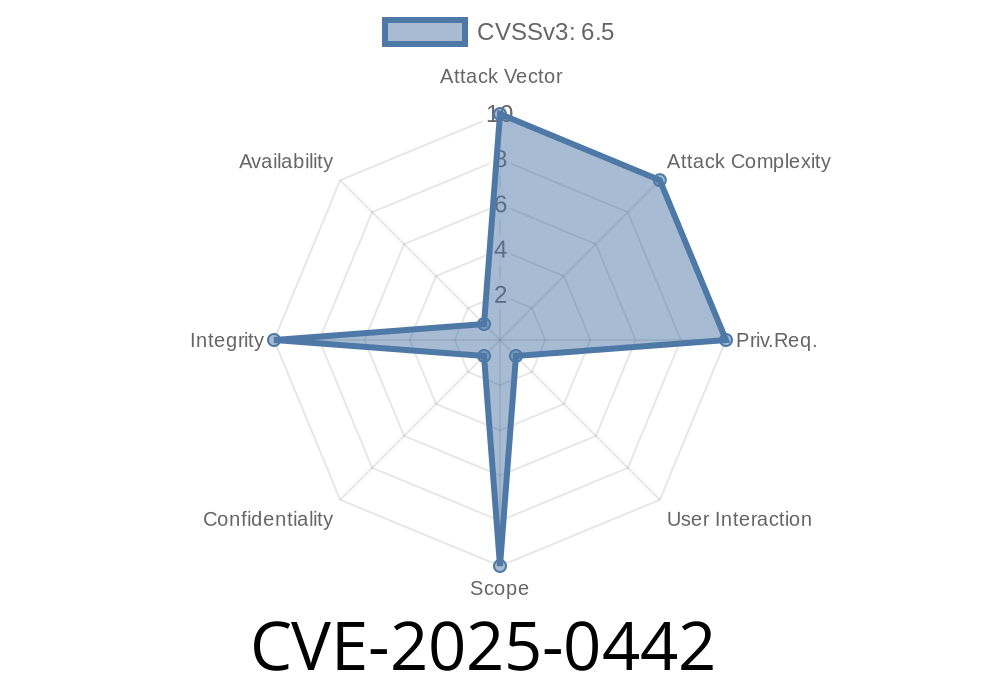In the world of internet security, we often come across various vulnerabilities that could put our critical data and privacy at risk. These vulnerabilities are often assigned a unique identifier in the form of Common Vulnerabilities and Exposures (CVE) number. One such vulnerability identified by the CVE-2025-0442 is a remote user interface (UI) spoofing attack in the Google Chrome browser prior to version 132..6834.83.
This vulnerability, classified by Chromium security as medium severity, was caused due to inappropriate implementation in Payments in Google Chrome. An attacker may exploit this vulnerability by crafting a malicious HTML page that could fool a user through specific UI gestures. The end result could enable the attacker to perform UI spoofing on the targeted user's browser.
Here is an example of the kind of malicious script that could be used by a potential attacker
<!DOCTYPE html>
<html>
<head>
<script>
function triggerSpoof() {
// Create an event listener for messages
window.addEventListener('message', function(event) {
if (event.origin !== 'https://example-bank.com';) {
return;
}
// Manipulate the UI
document.getElementById('spoofContent').innerHTML = event.data;
});
// Open the malicious website
window.open('https://malicious-website.com/spoof';);
}
</script>
</head>
<body>
<button onclick="triggerSpoof()">Click to Spoof UI</button>
<div id="spoofContent"></div>
</body>
</html>
In this example, the attacker creates an event listener for messages and only manipulates the UI when a specific event is received from a trusted domain like 'https://example-bank.com';. However, the rest of the code opens a malicious website that could potentially control the content displayed on the user's screen, thus spoofing the UI.
Original References
The vulnerability, CVE-2025-0442, was discovered by security researchers and reported through the proper channels. For those interested in diving deeper into the details, the original references can be found at the following links:
- Chromium Issue Tracker
- NIST Vulnerability Database
- Google Chrome Releases Blog
Exploit Details
To exploit the vulnerability, the attacker needs to convince the user to engage in specific UI gestures. These gestures might include clicking on a specific button or following a sequence of actions leading to the malicious payload being executed.
Once the payload is executed, the attacker can perform the UI spoofing and manipulate content on the user's screen. This could potentially result in stealing personal and financial information or perform harmful actions on behalf of the user.
Conclusion
In conclusion, users are urged to update their Google Chrome browser to the latest version (132..6834.83 and above) to mitigate the risks associated with CVE-2025-0442. On a broader note, we should always stay vigilant and keep all software applications up-to-date in order to minimize the risk of being exposed to potential vulnerabilities that could be exploited by cyber attackers.
Timeline
Published on: 01/15/2025 11:15:10 UTC
Last modified on: 03/14/2025 18:15:31 UTC
